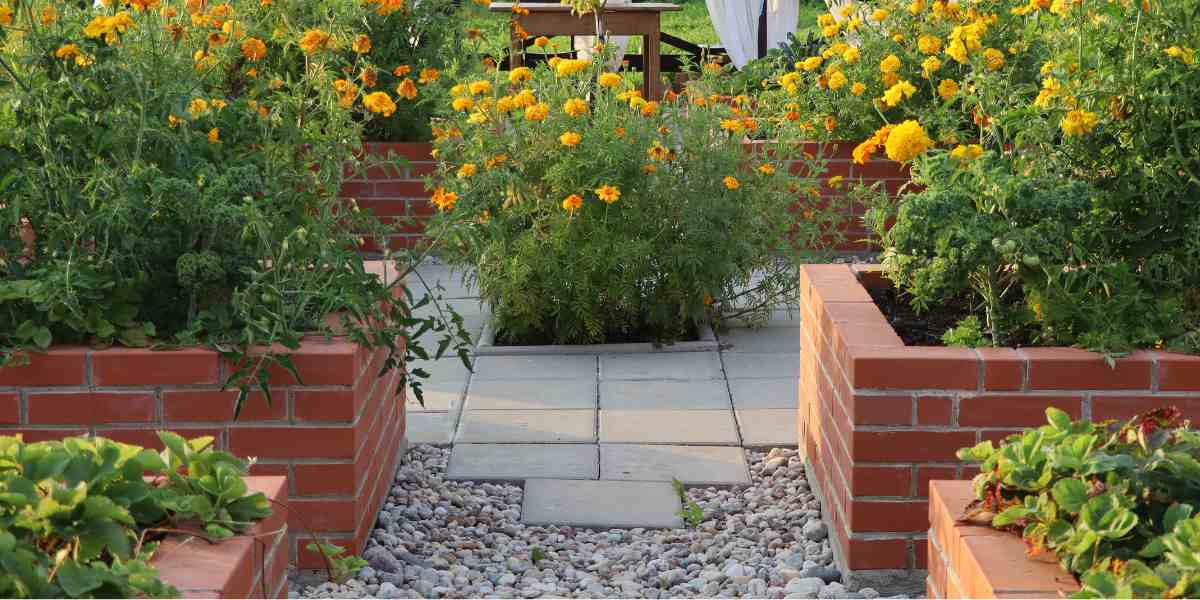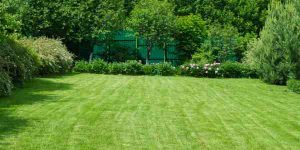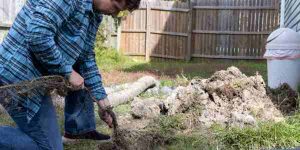Winterizing Your Garden Beds

Strategies for Winterizing Your Garden Beds
As winter settles in, it’s not too late to take steps to protect your garden beds from the cold weather. At Impact Landscapes, we understand the importance of winterizing your garden beds, even in the midst of winter. These strategies are essential for safeguarding the health of your plants and ensuring a successful growing season when spring arrives.
Mulching for Protection:
Applying mulch is a crucial step in winterizing your garden beds. Mulch acts as an insulating layer, protecting the soil and plant roots from drastic temperature changes. Even now, adding a layer of mulch can help retain moisture and prevent frost damage to your plants. Choose organic mulches like shredded leaves or straw to provide effective insulation.
Covering Vulnerable Plants:
If you have delicate perennials or newly planted shrubs, it’s not too late to cover them for added protection. Frost blankets or even old bedsheets can shield plants from freezing temperatures and harsh winds. Secure the covers firmly to prevent them from being blown away by winter gusts, and remember to allow for ventilation during milder days.
Pruning and Cleaning Up:
Winter pruning is beneficial for removing dead or diseased branches and improving the overall health of your plants. Even now, take the time to prune back any damaged foliage and clear away fallen leaves and debris from your garden beds. Proper cleanup reduces the risk of disease and pest infestations during the winter months.
Amending Soil and Fertilizing:
Enhancing soil health is essential for the long-term vitality of your garden beds. Despite the season, consider amending your soil with compost or aged manure to replenish nutrients and improve soil structure. Conduct a soil test to identify any deficiencies and adjust your fertilization regimen accordingly. Applying a slow-release fertilizer now can help prepare your soil for the upcoming growing season.
Protecting Against Pests:
Winter is a time when pests seek refuge in garden beds, so it’s important to remain vigilant. Clearing out debris and applying a layer of diatomaceous earth can deter crawling insects. Regular monitoring for signs of pest activity allows for prompt intervention and minimizes potential damage to your plants.
Planning for Spring:
While winterizing your garden beds, it’s also an opportunity to plan for spring. Use this time to research new plant varieties, sketch out garden layouts, and prepare for upcoming projects. With thoughtful planning and preparation, you’ll be ready to hit the ground running when warmer weather arrives.
In conclusion, it’s never too late to winterize your garden beds and protect your plants from the rigors of winter. By implementing these strategies, even in the middle of winter, you can ensure the health and vitality of your garden beds and set the stage for a successful growing season ahead. Trust Impact Landscapes to guide you through the winter months and keep your garden beds thriving.



